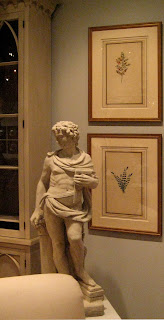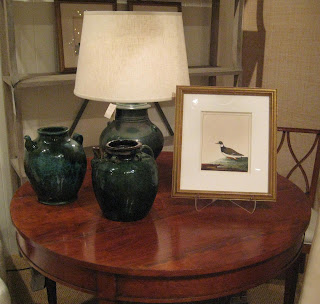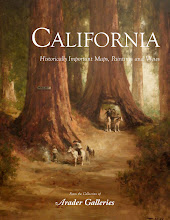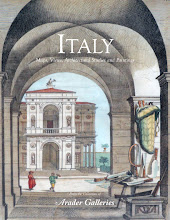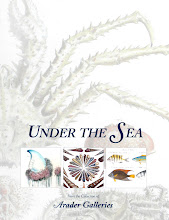
The Sense of Sight, John the Elder
"The purchase of art in periods of economic uncertainty represents a logical fulfillment of mankind’s deep need to preserve a sense of stability. In the absence of consistent monetary value, what could be more reassuring than to play for very different stakes—so that money becomes linked, not to some arbitrary standard like gold or the dollar, but to another human activity which implies a level of sensibility and high intelligence, both functional and concrete?" (Pierre Restany, Art Aktuell)It comes as no surprise that the present economic environment encourages careful analysis of the art market in order to understand the unique buying opportunities that occur when the markets are down. As part of our efforts to better serve our cliental, members of the Arader team attended Collecting in Today’s Market at the SFMOMA. Janet Bishop, curator of painting and sculpture at the SFMOMA, lead a panel which included respected gallery owners, chairmen of established auction houses, art advisors and prominent Bay Area collectors. The panel addressed the way economic shifts affect the art market and the speakers’ respective strategies for collecting in today’s market.
Most notably, respected gallery owners revealed insightful feedback regarding collectors’ attitudes about the market. The feeling is that collectors are less interested in the buzz and more focused on art that has historical, personal, or simply even aesthetic value. Indeed, the fastest way to destroy art is to make it part of the profit-making setup, so corrective periods such as these are needed to remind collectors and artists: ars gratia artis! Nonetheless, a serge of optimism revived dealers on Monday, as the auction of Yves Saint Laurent and Pierre Bergé’s Collection pulled in over $266 million. The result shattered the record for a single-owner, single-session sale and almost all pieces sold for well above their estimates, indicating that collectors have returned. Indeed, the results will be a huge boost for the nervous art market and collectors alike.
All in all the discussion left us informed but, most importantly, inspired about the opportunistic climate. True collectors will continue to love art and will continue to make smart investments in quality art pieces. Fortunately, current market conditions allow collectors more art to choose from, allowing them to acquire pieces previously unattainable. Collectors should in fact be rejoicing! Indeed, as the art market experiences a time of correction, now is the time for scrutiny but also for enthusiasm and appetite. We invite you to visit us on Jackson Street and to view our collection online at www.aradersf.com.

